Afghanistan’s future generations face a growing threat from malnutrition with one in 10 young children affected in a country grappling with multiple crises.
Roya, a young mother, carefully spoon-feeds her daughter fortified milk in a ward for malnourished children, praying the tiny infant will avoid a condition that stalks many after decades of conflict.
The nine-month-old had been hospitalized three times already in remote Badakhshan province because her mother had trouble breastfeeding.
“She has gained a bit of weight, she has a bit of a glow,” said 35-year-old Roya, cradling baby Bibi Aseya at the Baharak district hospital.
“She drinks milk as well but she still doesn’t smile,” she added.
“I would stay awake day and night, now I can sleep.”
Poor nutrition is rife in a country plagued by economic, humanitarian and climate crises two and a half years since the Taliban returned to power.
Almost 10% of children under 5 in Afghanistan are malnourished and 45% are stunted – meaning they are small for their age in part due to poor nutrition – according to the United Nations.
Afghanistan has one of the world’s highest rates of stunting in children under 5, said Daniel Timme, communications head for the U.N. children’s agency, UNICEF.
“If not detected and treated within the first two years of a child’s life the condition (stunting) becomes irreversible and the affected child will never be able to develop mentally and physically to its full potential,” he said.
“This is not only tragic for the individual child but must have a severe negative impact on the development of the whole country when more than two out of five children are affected,” he told AFP.
Two patients per bed
Malnutrition has been exacerbated by the upheaval sparked by the Taliban’s sweep to power in 2021.
A plunge in international aid and a drain of medical professionals from the country have weakened an already vulnerable health system, with women and children particularly impacted, nongovernmental organizations (NGOs) say.
Hasina, 22, and her husband Nureddin are volunteers at one of the hundreds of community-based health posts supported by UNICEF in Badakhshan, a mountainous region that borders Pakistan, Tajikistan and China.
The couple is a first lifeline for the more than 1,000 residents of Gandanchusma village.
A map of the village dominates the mud wall of a room in their home they use as a clinic, plastered with educational posters.
On a February day, women from the village trickled in, many with babies in tow whom Hasina screened for malnutrition.
The babies squirmed in the cold air as their mothers pulled their sleeves off so Hasina could wrap a multi-colored measuring band around their small arms and lift them into hanging scales.
“We gather women and children and weigh the babies. If they are malnourished, we support them and refer them to the clinic,” a 30-minute walk away, Hasina said.
In warmer weather, she added, she sees more cases of malnutrition due to water-borne illnesses.
Baharak hospital nurse Samira said in summer the ward was typically full.
“Sometimes, we even have two patients in one bed,” she told AFP, adding that training, including on how to support mothers’ breastfeeding, had improved malnutrition rates.
Around 79% of people in Afghanistan lack sufficient access to clean water, according to the U.N. development agency.
Web of challenges
Aisha, who asked that her real name not be used, had a clean water pump installed at her home in the Badakhshan town of Khairabad through a UNICEF project.
But she said the women around her still lacked access to information.
“The women who had some education could boil water, provide medicine or make homemade medicines, but the women who did not have any education were less capable,” she said.
Under Taliban authorities, women have borne the brunt of restrictions the U.N. has labeled “gender apartheid” that have pushed them from public life.
In a recent report warning of the frailty of the Afghan health sector, Human Rights Watch underscored the outsized impact on women because of restrictions on their movement, education and employment.
Aisha and her peers share information but worry that doing so is not enough to combat the web of challenges – both social and economic – that contribute to poor nutrition and stunting.
“At the village level, it is difficult for us because we have many illiterate mothers,” said another Khairabad resident, Amina.
“We need more health and community workers to raise awareness among the people, distribute medicines for malnourished children and provide family planning and health care advice.”



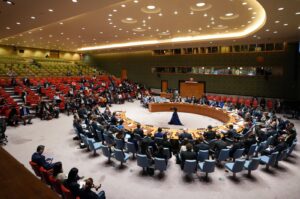




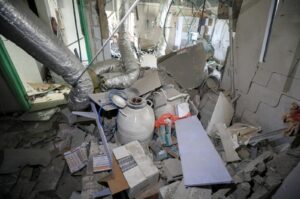









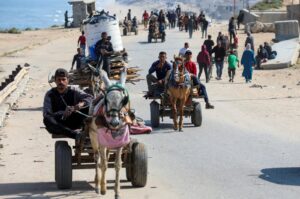




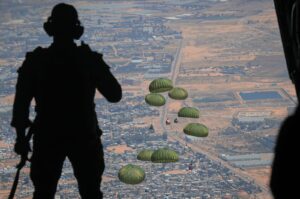
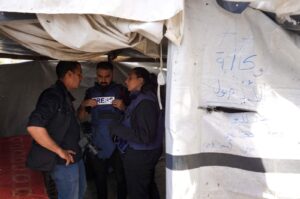
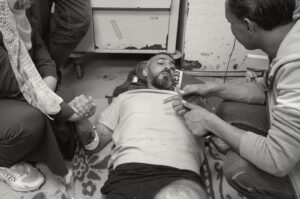




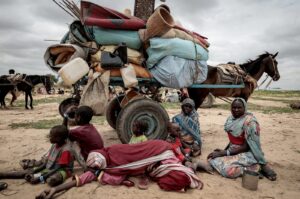





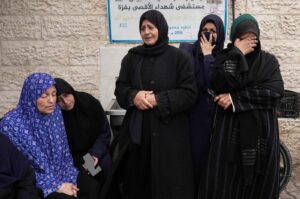



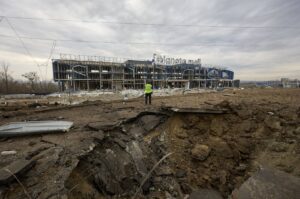
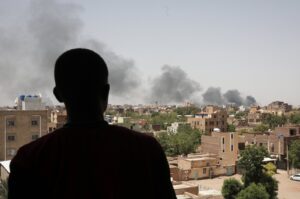

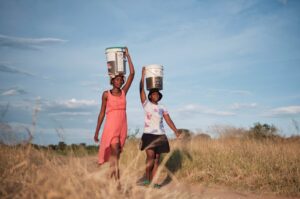
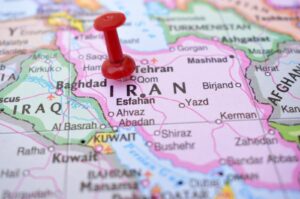
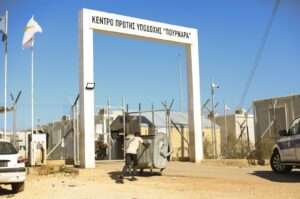






Be First to Comment